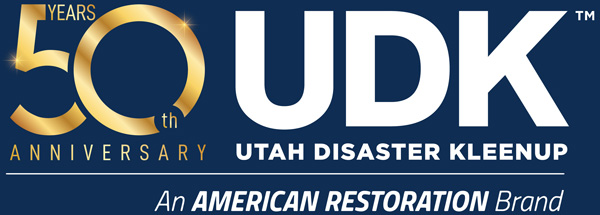Welcome to a new feature on the UDK website- our blog! This is where we will discuss disasters we have kleened up for folks around Utah as well as preventative measures you can take to at least mitigate damage to the home.
Our first week we are discussing a 2020 house fire in Hurricane, Utah.
WHAT HAPPENED?
Clearing brush and weeds from your home is an ordinary enough yard chore that typically has a very low accident rate (green thumb or not). However, when escalating from just pulling weeds to burning them- then things can get out of hand quickly.
What should have been a typical day performing routine yard work in May 2020 quickly turned into a devastating house fire for a Hurricane family.
In trying to be as economical as possible, the family burned the weeds they pulled from their yard. Unfortunately, the weeds were not burned in a safe area.

Because neither a safe area away from the home nor a fire pit was used in burning the weeds which resulted in a stray ember being carried under the stucco walls of the attic and causing considerable fire and smoke damage before being noticed.
What can be done to prevent such a fire in the future?
To paraphrase Smokey the Bear, “Only you can prevent house fires!” While there are a lot of preventable measures you can take, the most effective measures are simple.
PREVENTABLE STEPS:
- Adhere to all city and county ordinances when it comes to burning on your property – if the city does not recommend burning weeds in the front yard, do not burn weeds in the front yard.
- Closely monitor any controlled fires – Given that embers from the fire became stuck under stucco walls, it is vital to monitor any controlled fire for stray embers.
- Use a fire pit – When burning anything, dig a small fire pit and line it with dirt in case the fire needs to be immediately snuffed out. Fire pits also help prevent embers from being carried away by the wind.
Do not try to put the fire out on your own! Call 911 immediately after securing other members of your household and pets. As painful as it might be to leave the fire to professionals, fires can quickly spread out of control and are best left to professionals to take care of.
EMERGENCY PREPAREDNESS
Disasters are not just something that happens to someone else, they can strike anyone at any time and it pays to be prepared. Developing an escape plan in case of house fires can help get the family on the same page about where to go and what to do when a fire breaks out, including where to go that’s safe and away from the house.
You can also take a look at a few of our older social media posts to help determine what needs to be in your emergency bag.

After the fire department was called to put the blaze out the owners of the home called us and we sprang into action. Check out next week’s blog post for a full rundown of the damage done to the home and the following week for the most exciting part: The Kleenup!
Call our non-emergency line for more information on how we can kleenup any disaster your home has encountered, big or small!
Welcome back to the Utah Disaster Kleenup Blog, where we discuss previous disasters we have kleened up and talk about our process for getting families back in their home.
Last week we discussed the cause of a 2020 house fire in Hurricane, Utah and how dangerous house fires are. This week we are discussing the damage done to the home and what kind of unique damage house fires and smoke can cause in-depth.
Once the family was safely evacuated, it took firefighters a few hours to put out the blaze and make sure there were no additional embers still smouldering inside the home.
WHAT MAKES HOUSE FIRES SO DANGEROUS?
Part of what makes house fires a challenge is putting them out can cause massive water and chemical damage to the house depending on what has caught on fire and what was required to put out the fire. And if embers in a home are not caught and snuffed out in time another blaze can catch and put the entire ordeal at square one again- so being thorough and efficient while in the middle of fighting a fire is key.
After the contents of the home were removed we began assessing the damage. While only 30% of the home received structural damage from the burning embers, it was found that 100% of the home sustained smoke damage of varying levels of severity.
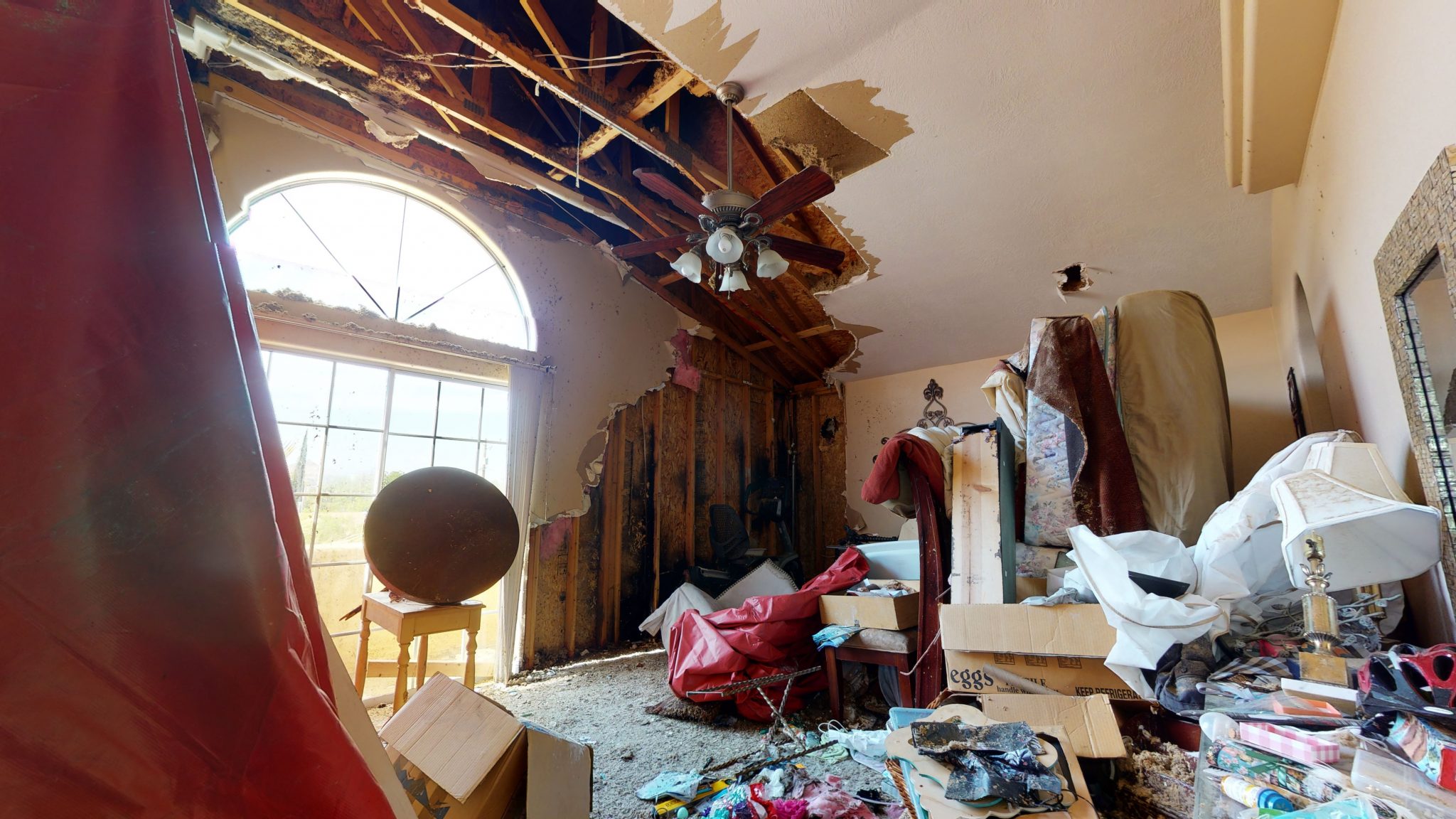
STRUCTURAL DAMAGE
Structural damage is usually defined as any type of damage that either compromises or affects the integrity of your home. Typical structural damage is damage to the foundation, roof, walls, and in particular, load-bearing walls. When these core components of your home are damaged then the structure may not support the house and is prone to complete collapse.
SMOKE DAMAGE
Smoke damage is any physical harm caused by smoke, not by the fire. Normally, smoke does not destroy objects or property the same way a fire does. That does not mean smoke damage is no big deal- it can still cause terrible results.
Usually smoke damage coats things in soot and a persistent unique odor. Part of how smoke develops its unique odor boils down to what fuels the fire.
When firewood is burned it usually releases a pleasant campfire smell. But when a fire is engulfing not just wood but your house and what makes up your house, like paint, appliances, furniture, and even vehicles the smoke’s smell is greatly altered. Smoke can also be filled with deadly carcinogens and toxins that are hard on the body and lungs.
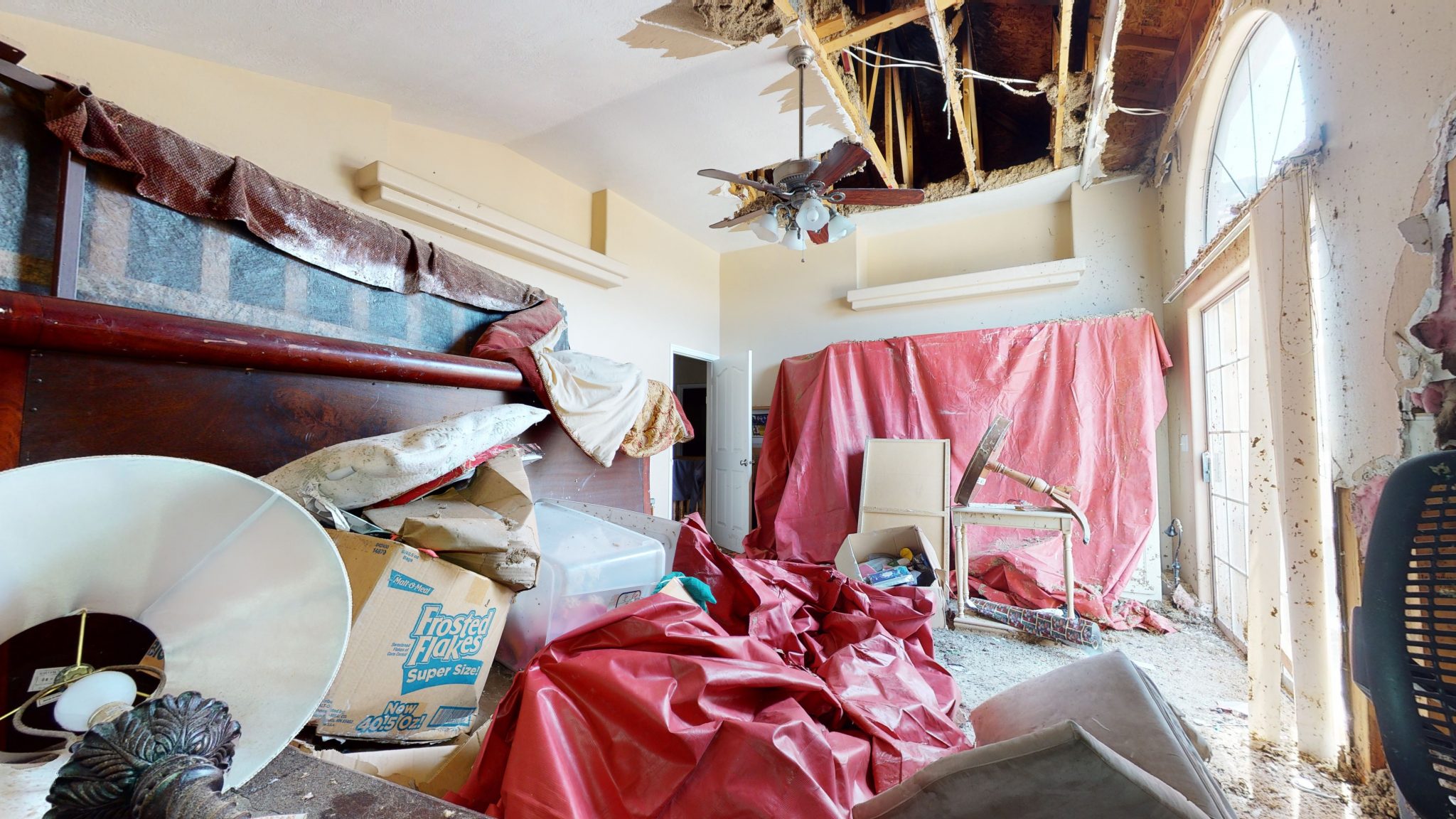
When all was said and done the total cost of the damages to the home were $XX,XXX, a hefty price to pay for burning weeds in the front yard.
Given the destruction to the house and how much smoke permeated in the home, you may ask yourself “How did UDK take care of this?” Which you can learn all about next week when we detail everyone’s favorite part of our process: The Kleenup!
Call our non-emergency line for more information on how we can kleenup any disaster your home has encountered, big or small!
Welcome back to the UDK blog where we detail the cause, damage, and kleenup of some of our biggest challenges! For the last two weeks we have discussed a massive house fire that occurred in Hurricane, Utah in 2020. A family was burning weeds in the front yard and led to a massive fire and smoke damage throughout the entire home. If you have not read the previous installments, you can read them here and here.
This week we are discussing the most fun part of our jobs, the final part of the process where the results can really speak for themselves: the Kleenup!
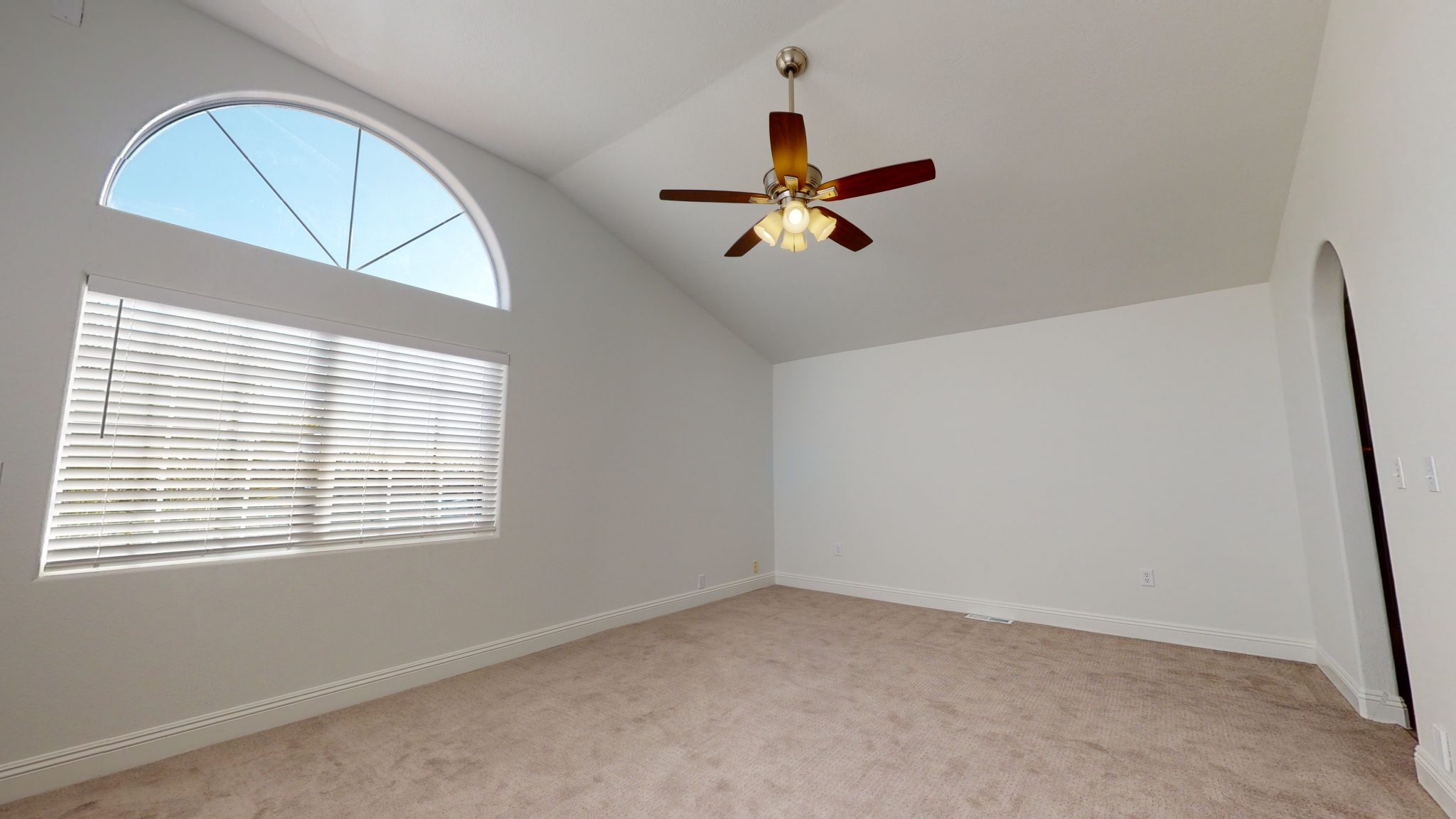
While the home was vacated immediately after the fire, the residents were underinsured and were responsible for the packout of the home.
This caused two major delays, first being that we could not complete our assessment of the damage until the home was vacated and packed out, and second we had to coordinate the kleenup with the work/life schedule of the residents, which led to a significant loss of rental income for the homeowner.
Six weeks after the loss occurred, the packout was complete and we were able to get underway. The first thing we did was coordinate with contractors to help rebuild damaged walls and ceiling, including 40% of the tile roof and trusses. This allowed us to work concurrently and get the home back in working order sooner.
While the contractors were busy rebuilding walls, we focused our efforts on removing the smoke damage and odor. Unfortunately, smoke odor does not waft out of the house if you just open a few windows- smoke odor is usually embedded in the paint of the walls, the carpeting, and even some more permeable woods. This means we had to replace the flooring, paint, and HVAC throughout the entire home.
While the entire home required extensive work, the client took advantage of the work and asked us to remove an unused deck and convert it into an office with a full bath and bedroom. This additional work made the customer extremely happy as they were already on the verge of selling the home as it was, but the remodeling allowed the clients to put the home back on the market for a more premium rate increase and turn the home back into a profit center.
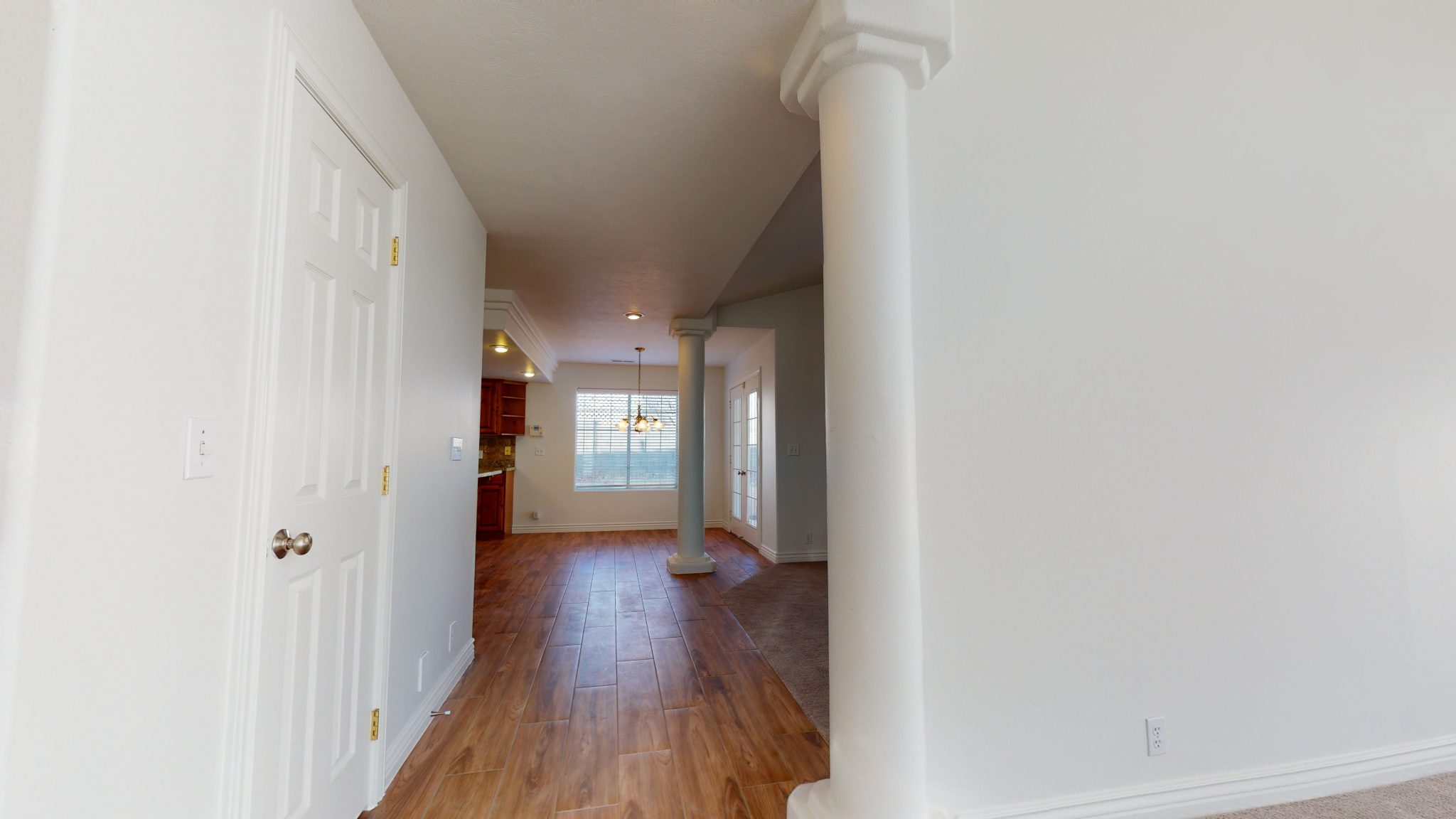
In less than six months after the initial damage occurred, life had returned to better than normal and the client’s home has never looked better.
If you would like to learn about other disasters we’ve kleened up and how we’ve helped return families back to normal read through our other blog posts and case studies.
Call our non-emergency line for more information on how we can kleenup any disaster your home has encountered, big or small!
